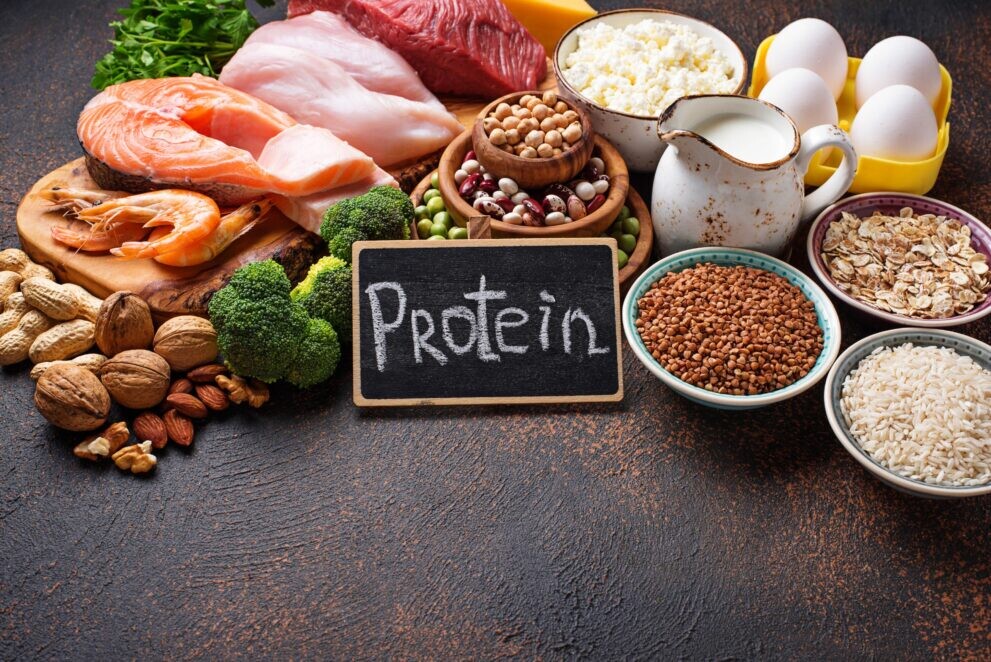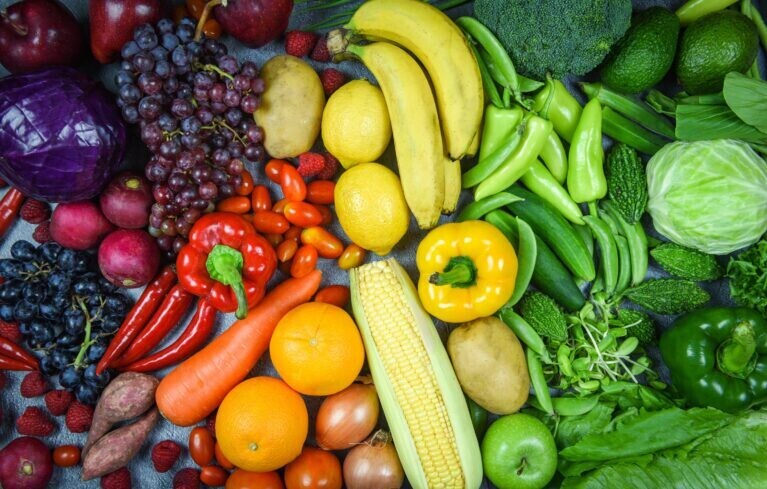blog
other posts

Which are worth limiting?

It is said that the first rule of healthy eating is: eat only what you like. The second rule: or only what is good for you. It is worth considering for a moment.
Many people like heroin, but not all of us allow ourselves to be so lenient. We know that regardless of the dose of pleasure drugs offer us, they are not worth the damage done to our body. We stay away from them.
Our cells must receive, among others: protein, carbohydrates, fats. These are the so-called macronutrients – the basic conditions for life – substances that make up and fuel our body. There is also a long list of other essential ingredients – vitamins, minerals, salts, enzymes, coenzymes, antioxidants, electrolytes, micronutrients, phytonutrients, flavonoids, microorganisms, acids, etc. Lots of them, and scientists keep discovering something new.
Dr. Joel Fuhrman, author of Eat to Live, explains that the tomato contains about 10,000 phytonutrients, many of which we have yet to identify. In other words, even an ordinary tomato has a mysterious healing power. If one vegetable has so many treasures in it, imagine how the body is affected by a mixture of many different vegetables and fruits.
Cardiovascular disease
There is compelling evidence that a diet rich in fruit and vegetables can lower the risk of heart disease and stroke.
Blood pressure
Cancer
Diabetes
Weight
Data from the Nurses’ Health Studies and Health Professional’s Follow-up Study show that women and men who increased their consumption of fruit and vegetables over 24 years were more likely to lose weight than those who ate the same amount or who reduced their intake. Blueberries, apples, pears, soybeans, and cauliflower were associated with weight loss, while more starchy vegetables such as potatoes, corn, and peas were associated with weight gain. [11] However, keep in mind that adding more foods to your diet will not necessarily help you lose weight unless it replaces other foods such as refined white bread carbohydrates and crackers.
Digestive tract
Fruits and vegetables contain fiber that absorbs water and expands as it passes through the digestive system. This can relieve the symptoms of irritable bowel and, by causing regular bowel movements, can ease or prevent constipation. [12]
Sight
Eating fruits and vegetables can also keep your eyes healthy and can help prevent two common eye diseases related to aging – cataracts and macular degeneration, which affect millions of Americans over the age of 65. [13]
A diet rich in vegetables and fruits can lower blood pressure, reduce the risk of heart disease and stroke, prevent certain types of cancer, reduce the risk of eye and digestive problems, and have a positive effect on blood sugar levels, which can help you maintain your appetite. Eating non-starchy vegetables and fruits, such as apples, pears, and green leafy vegetables, can even promote weight loss. [11] Their low glycemic load prevents blood sugar spikes that can increase hunger.
The enormous amount of nutrients is just the tip of the iceberg. It is also important how relationships interact with each other, i.e. they strengthen each other – here are some examples:
iron + vitamin C – in the presence of a vitamin, iron is much better absorbed
calcium + vitamin D – vitamin enhances the absorption of calcium in the body, both components are important for proper bone growth and functioning, it is worth using them together
magnesium + potassium – this combination can be found in many fruits and vegetables, such as bananas, tomatoes and avocados; these two minerals together take part in many important processes in the body, normalize the work of many systems, have a complementary effect – magnesium increases the absorption of potassium from the gastrointestinal tract
vitamin A + E – in combination, they mutually strengthen their biological activity, both dissolve well in fats
vitamin A should be combined with vitamins B and D as well as zinc and calcium
vitamin E is better absorbed in the company of B vitamins, vitamin C, selenium and phosphorus
vitamin D should be combined with unsaturated fatty acids, with calcium and vitamins A, B6, C and E.
There are at least five different families of fruits and vegetables, each containing potentially hundreds of different plant compounds that are beneficial to health (green, red, orange, purple, and blue). Eat different types and colors of foods to provide your body with the mix of nutrients it needs. This not only provides a greater variety of beneficial plant substances, but also creates meals that are eye-catching.
For example, the green ones, with a high chlorophyll content, have a stronger anti-cancer effect and are able to eliminate some of the damage to the DNA of cells. In addition, due to the higher content of folic acid, they are recommended for couples trying to conceive and pregnant women. Tomatoes and peppers, i.e. representatives of the red group, abound in lycopene – considered one of the strongest antioxidants and thus effectively fighting free radicals. Carrots, pumpkin or apricot are sources of β-carotene, i.e. provitamin A. It is essential in maintaining healthy skin, hair and nails. In addition, it has a positive effect on eyesight and supports the functioning of the immune system. Representatives of the violet group are, for example, black currants, blueberries, blueberries, chokeberries and eggplants. These vegetables and fruits are rich in anthocyanins – compounds with powerful anti-inflammatory and antibacterial properties. They make blood vessels more flexible and protect against the development of atherosclerosis, thus reducing the deposition of atherosclerotic plaques.
Despite this knowledge, however, it is difficult for us to achieve the recommended level of five servings of vegetables and fruits, which in practice means 400g. According to the data published in 2019 by Eurostat, over 1/3 of Europeans declare that not every day the described group of products appears on their menu, which, incidentally, is practically the basis of the food pyramid.
Despite the fact that many people know the principle of the recommended 5 servings of vegetables and fruit, in practice for many of them it is difficult to translate the acquired knowledge into a real change in their eating habits. Lack of time or conscious focusing on, for example, a professional career and thus giving up cooking. In addition, the availability of many products turns out to be an additional barrier – in ThriveFood there are as many as 18 of them and the conviction that a healthy diet is associated with big sacrifices.
Increasing your consumption of vegetables and fruits doesn’t have to be that hard. It is worth adopting the rule that we try to add some fruit or vegetable to each meal, trying to keep the advantage of the latter.
About 600,000 Americans die of heart disease each year. This is almost always the result of poor eating habits, which means that this tragedy could have been avoided.
Do you want to know what form you are in? Remember (and write on a piece of paper) what you ate in the last week. This will be the answer.
Author: Weronika Mizuła – Dietician
Did you like the article? Inspire others with your health and pass this post on.
We would like as many people as possible to use it.
… And be thrive every day!
The content of thrivebefood.com is for informational and educational purposes only and the information contained therein does not constitute medical advice or the opinion of a pharmacist, doctor or dietitian. The material describes substances on the basis of publicly available publications, research and materials found on the Internet, books and the press. The material is not a presentation or description of a dietary supplement or any other product containing the above-mentioned ingredients. We make every effort to ensure that the information contained in it is accurate, true and complete, however, we are not responsible for the results of actions taken based on it.